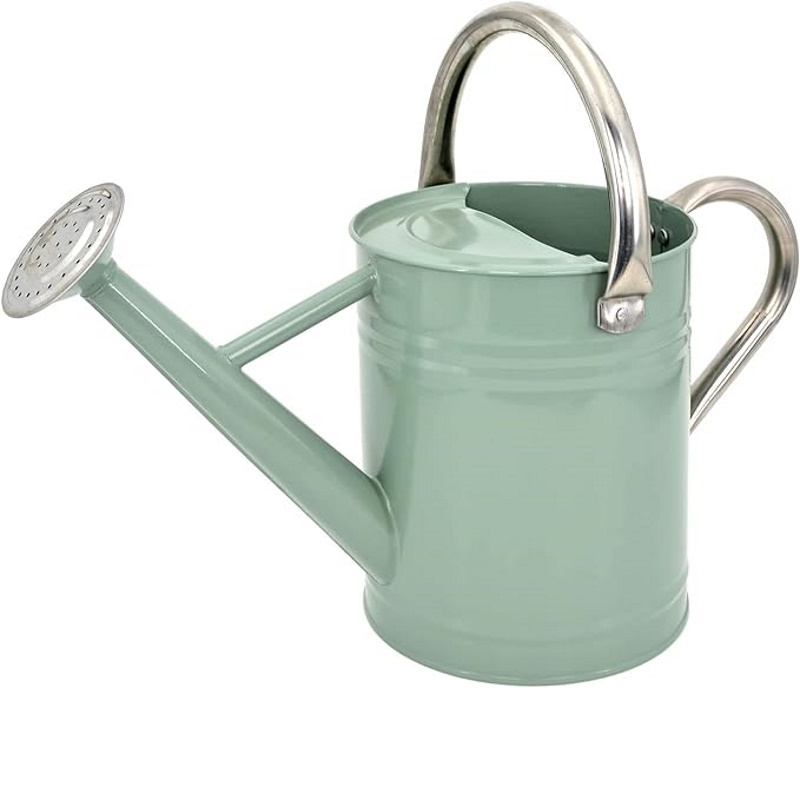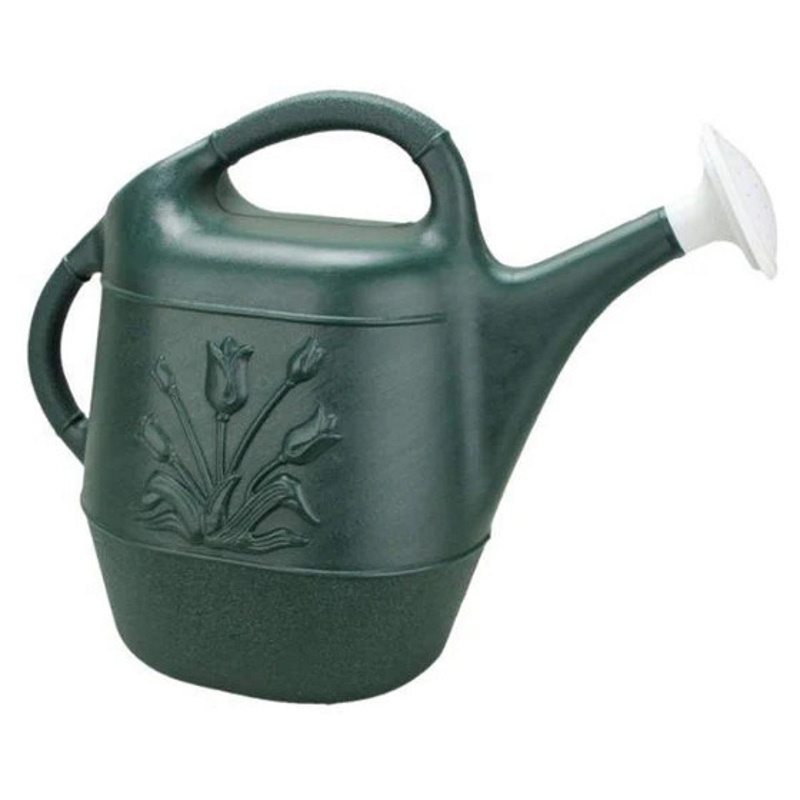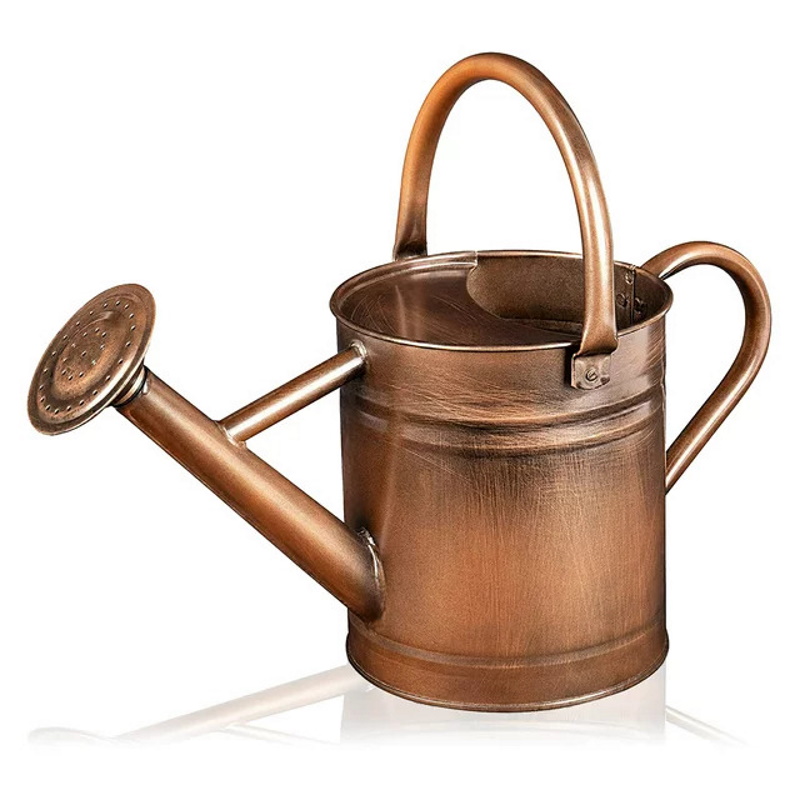How to water citrus trees – plus expert tips on when to do it
Master the art of watering for an abundance of fruit and flowers

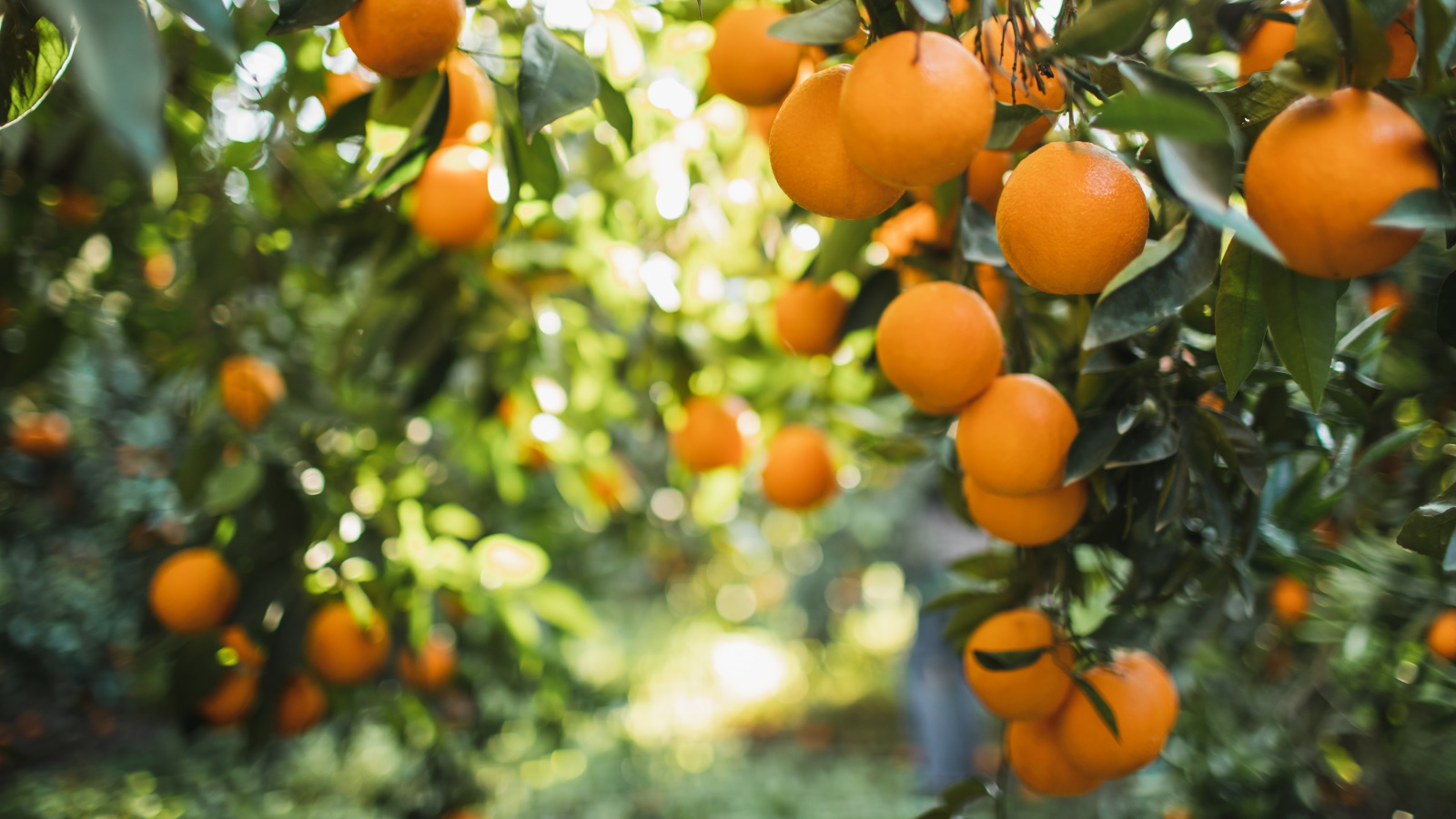
Gardeners who grow citrus trees are rewarded throughout the year with glorious fruit and attractive flowers.
Knowing when to water plants is important but it's also key to understand how to water your different plants to keep them happy and healthy. Whether you're growing citrus inside or have opted for a larger outside tree, when exploring citrus tree care and growing, you need to water these trees correctly in order to produce delicious fruit.
It's arguably somewhat of an art to get watering right, but don't worry – we've enlisted the advice of experts to find out exactly how to water citrus trees correctly.
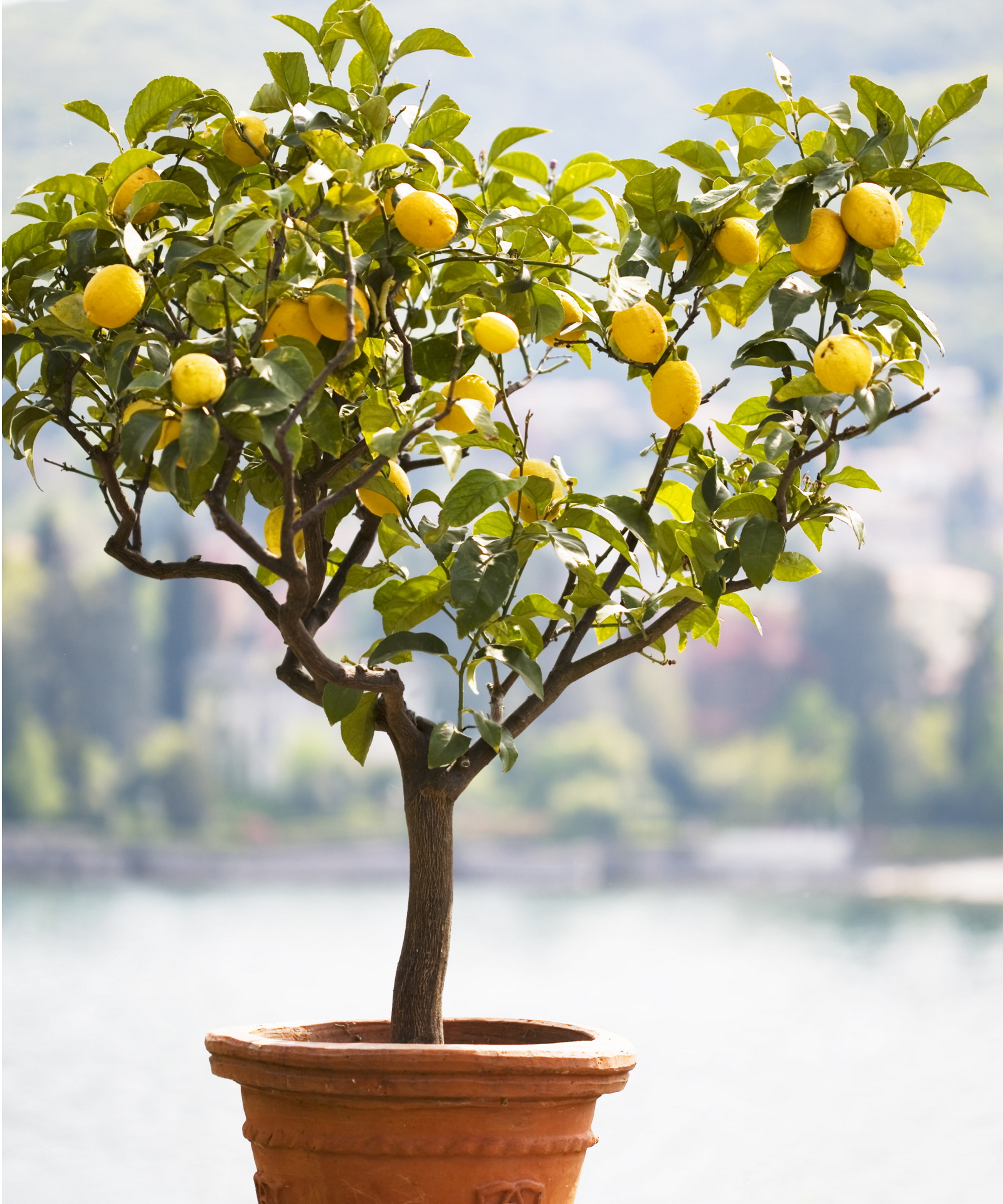
Expert tips on watering citrus trees
Watering is a key element of plant care and getting it just right will help your citrus trees be fruitful. We've asked experts how to water citrus trees correctly so you can enjoy its harvest and blooms.
When to water citrus trees
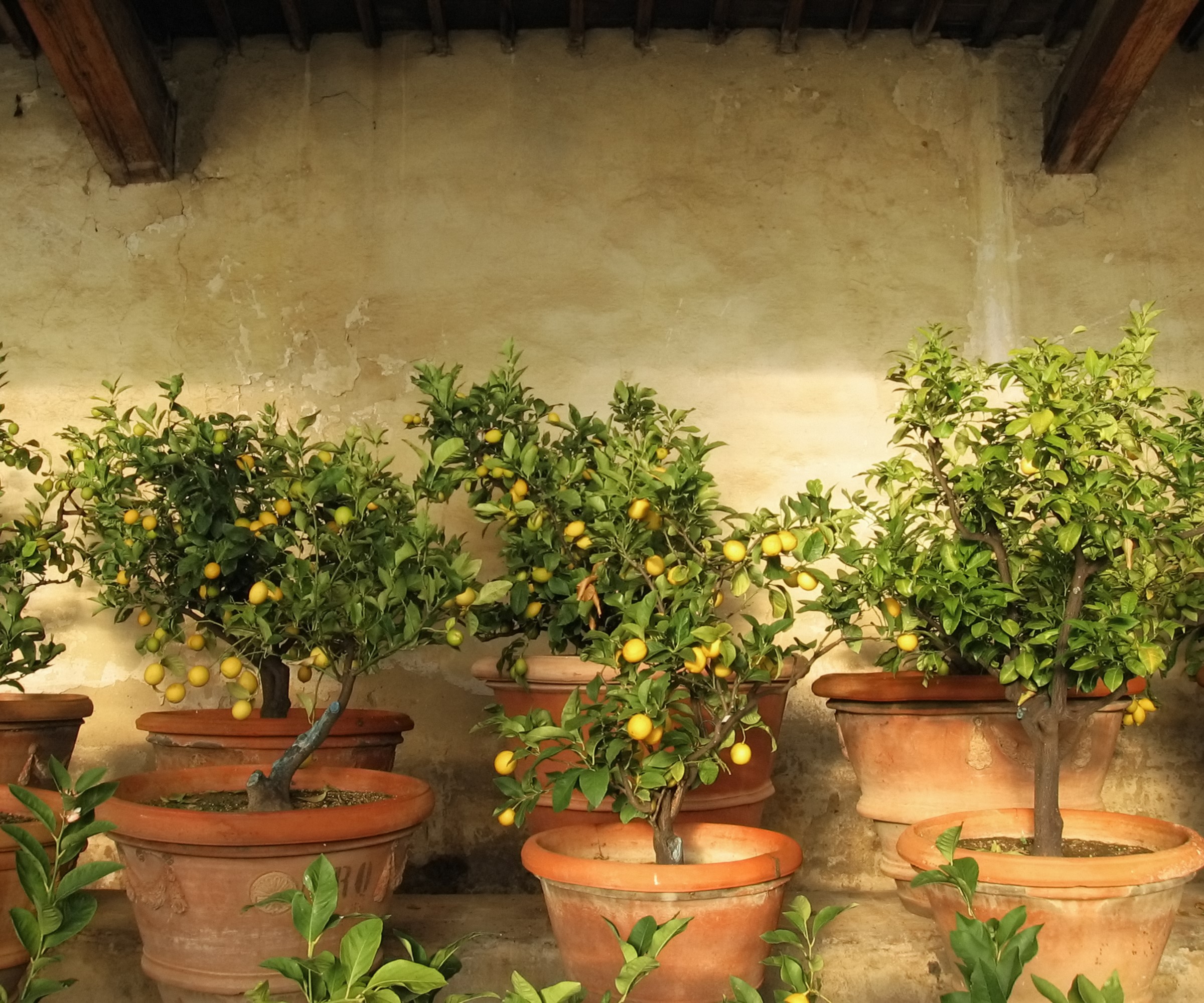
When it comes to watering your citrus trees, it isn't a case of setting a schedule to stick to. There are a few things to observe before picking up your watering can.
'The amount of water a citrus tree needs is determined by many factors including age, size, species, climate and soil type,' says Fern Berg, plant and gardening expert at Tree Vitalize.
'For example, research from the University of Arizona revealed water use for grapefruit and lemon is about 20% higher for that of oranges, and mandarins about 10% less,' she adds.
Design expertise in your inbox – from inspiring decorating ideas and beautiful celebrity homes to practical gardening advice and shopping round-ups.
It's therefore important to establish the circumstances of your specific tree and do some research around it to understand how often it will need watering.
'Monitoring the soil surrounding your tree is a good way to determine when to water,' says Fern. 'Newly planted trees need more frequent watering while their root system becomes established. In dry weather, this means watering every few days for the first few weeks, gradually reducing to once per week,' she adds.
'For mature trees, the soil should dry out slightly between watering, but never be completely dry for an extended period,' Fern says.
You can use your finger to assess how dry the soil is, or use a moisture meter like this soil moisture meter from Amazon. 'The general goal is to have the soil be moist around 8-12 inches below grade. If you stick a soil probe in and only the top few inches are wet, you know you need to water more and for longer,' says Allen Tate, arborist at Blooma Tree Experts.

Fern is the founder of Tree Vitalize and has planted and currently cares for over 100 different native and exotic fruit, nut, and ornamental trees. She also cultivates an extensive vegetable garden, several flower gardens and cares for an ever-growing happy family of indoor plants.
How to water citrus trees
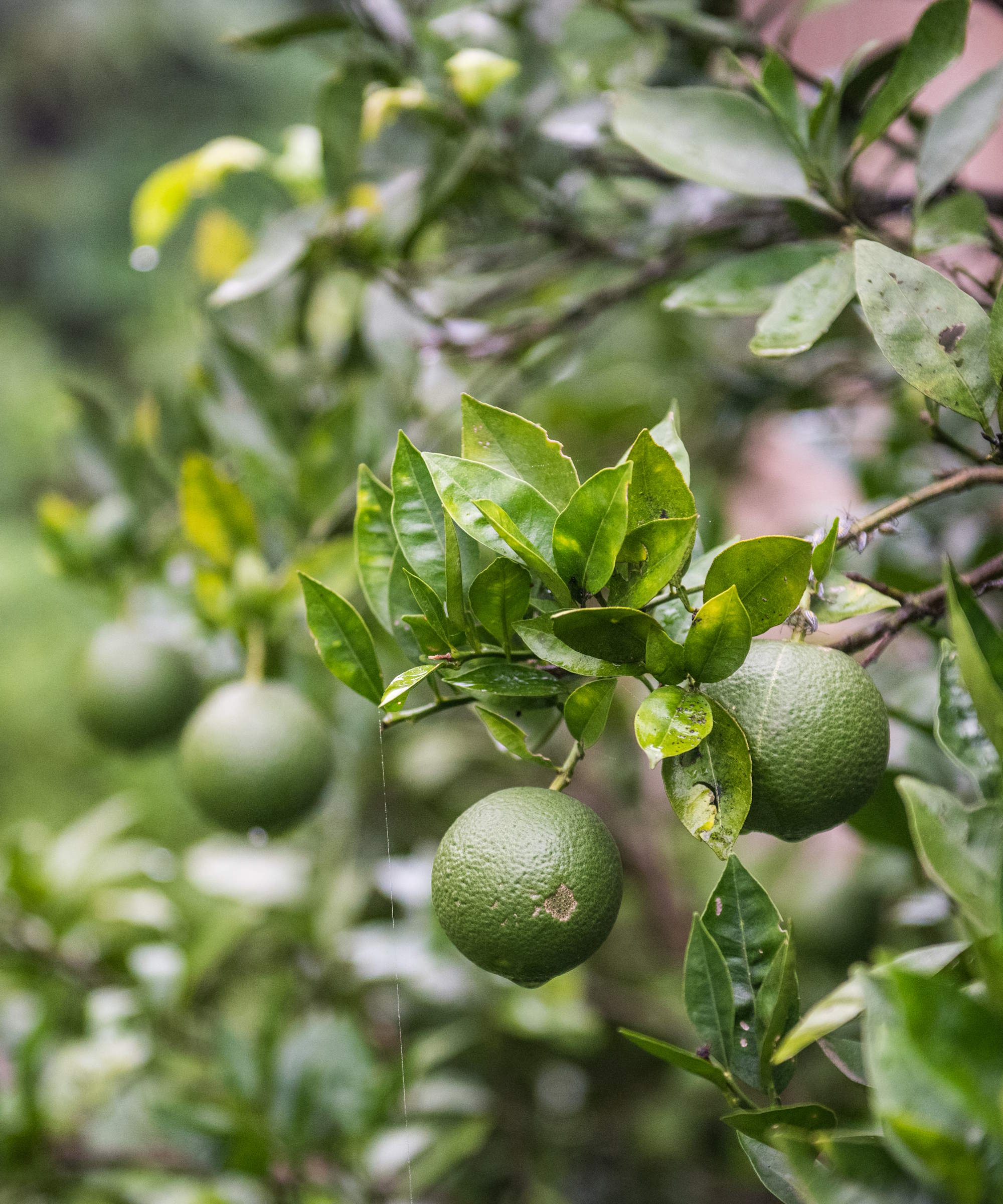
Once you've established that it's time to water your citrus tree, you can pick up your watering can to give your tree a drink.
'Like any tree, citrus trees should be watered deeply, not often. Focus on duration of each watering, not frequency,' says Allen.
You want to ensure the water reaches the lowest levels of soil so that the entire root system receives sufficient moisture.
'When you do water, do so slowly and deeply. This will allow the water to penetrate the soil and get to the root zone,' says Fern.
As for where to aim with the water, Allen advises observing the canopy rather than than watering around the trunk. 'The watering should be focused around the drip zone of the tree - think of drawing a straight line down from the outer edges of the tree canopy, that's where you water,' he says.
Reduce watering in wetter weather if you're growing citrus trees outdoors as part of your kitchen garden and you'll soon have lots of fruit to harvest.

Allen Tate is an ISA-Certified Arborists with 10+ years of experience in the green industry. He works for Blooma Tree Experts, a high-quality tree care contractor located in Seattle, Washington. His experience ranges from tree pruning (including fine pruning of ornamental trees & shrubs) to tree & plant healthcare.
Shop stylish watering cans online
FAQs
Why are my citrus tree leaves turning brown?
If your citrus tree leaves are turning brown, curling or dropping off it could be an indication that it is underwatered. Citrus trees need deep watering and it's important to give them a generous amount of water each time you water them. You may also notice that your tree has stopped producing fruit if underwatered. The best thing to do is prune away any dead foliage and provide optimal care going forward.
If you want lots of fruit and flowers from your citrus trees, make sure to get the watering right. It's all about understanding the conditions and needs of your specific tree to water it correctly.
Make sure to also familiarize yourself with when to prune citrus trees and when to fertilize citrus trees so that you can keep yours in prime condition.

Tenielle is a Gardens Content Editor at Homes & Gardens. She holds a qualification in MA Magazine Journalism and has over six years of journalistic experience. Before coming to Homes & Gardens, Tenielle was in the editorial department at the Royal Horticultural Society and worked on The Garden magazine. As our in-house houseplant expert, Tenielle writes on a range of solutions to houseplant problems, as well as other 'how to' guides, inspiring garden projects, and the latest gardening news. When she isn't writing, Tenielle can be found propagating her ever-growing collection of indoor plants, helping others overcome common houseplant pests and diseases, volunteering at a local gardening club, and attending gardening workshops, like a composting masterclass.
